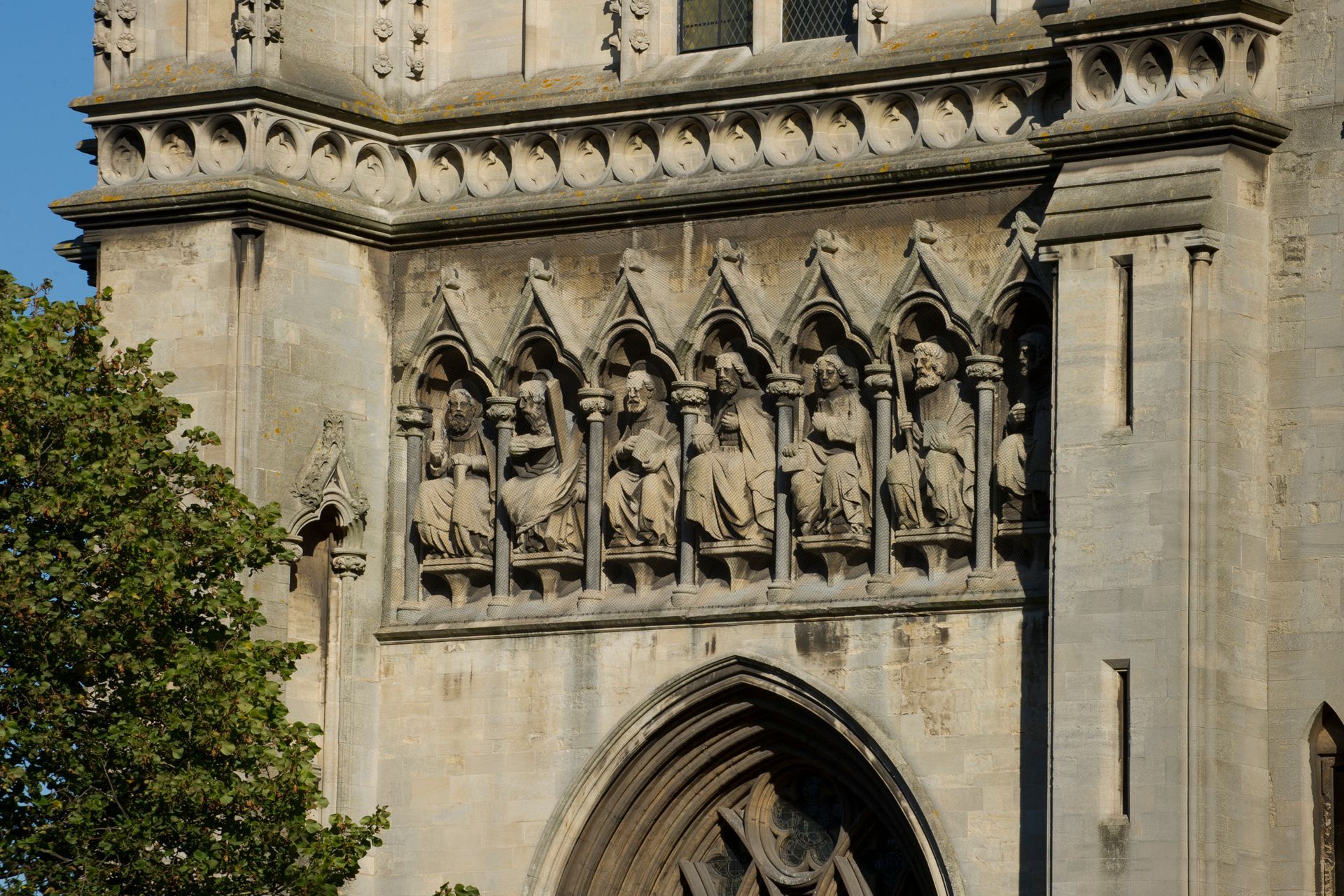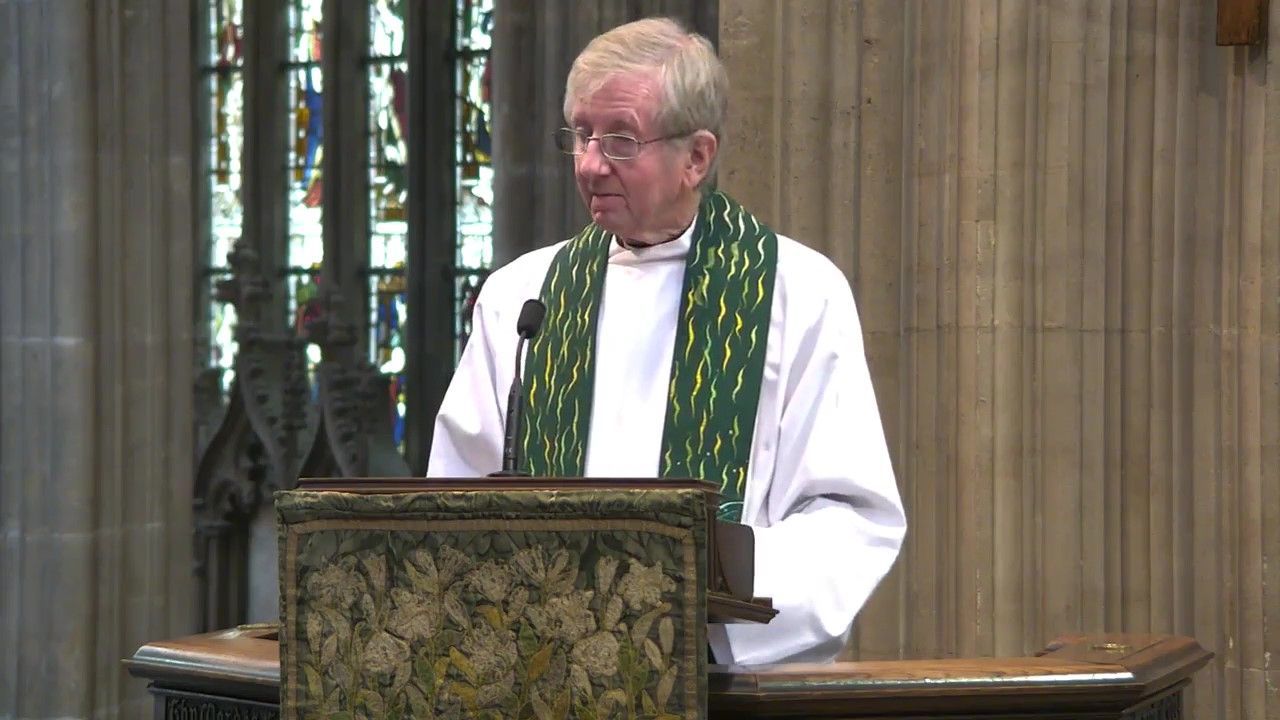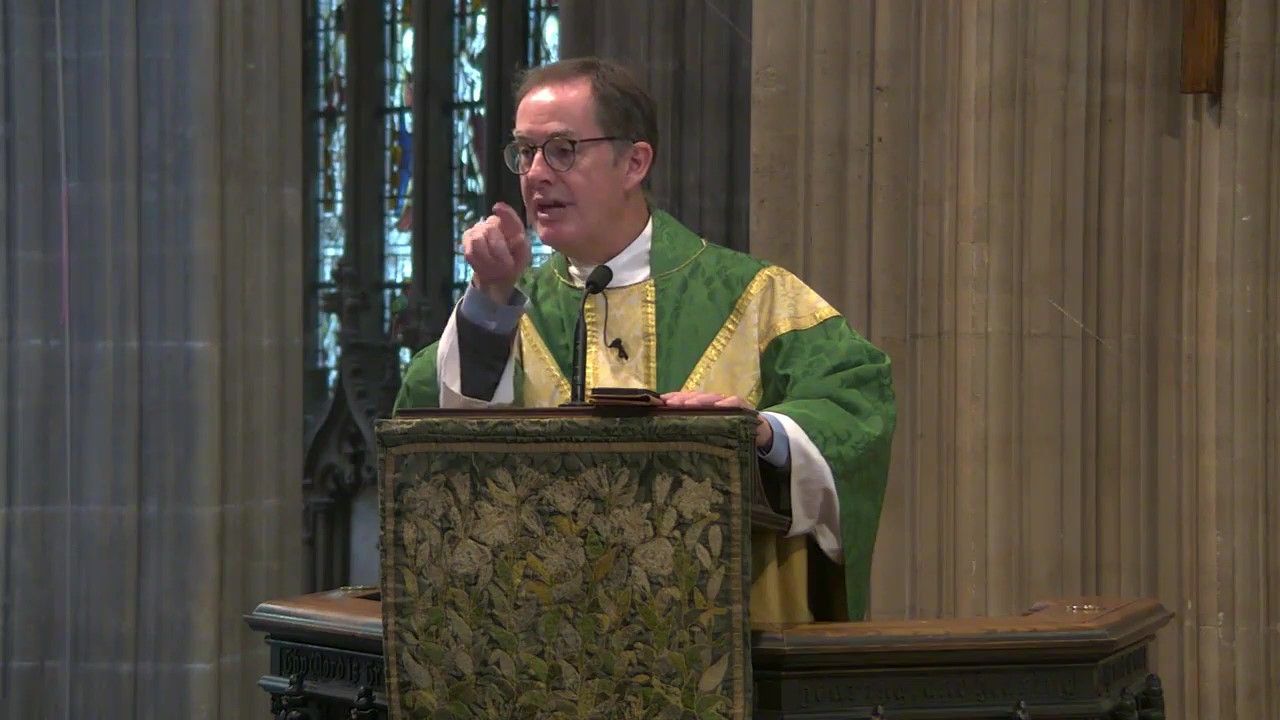The Presentation of Christ
If you have ever wondered about the timeline of Jesus early life, and then tried to plot that against the weeks following Christmas, you may well have found yourself rather confused!
In the last few weeks we have read about or The Church has marked:
- 25 Dec: the birth of Jesus
- 28 Dec: as a consequence of the Magi's visit to Herod (which we haven't heard yet) he sends orders to kill all boys in Bethlehem who were two years old or younger, suggesting that Jesus was about two years old by then
- 1 Jan: the circumcision of Jesus, which was usually done when boys were eight days old
- 6 Jan: the Epiphany or the visit of the Magi to Jesus in a house, which suggests that Mary, Joseph and the baby, whilst no longer in the stable are still in Bethlehem, which is why it is thought Jesus was about two years old by then
- 7 Jan: the baptism of Jesus which is after the 'flight into Egypt' because Jesus comes from Nazareth and it is generally accepted that, by now, he is an adult and just about to start his earthly ministry and thus about thirty years old
- 14 Jan: Jesus is calling some of his disciples, so by now he is clearly into his years of ministry which started when he was around 30
- 21 Jan: Jesus and his mum go to a wedding where Jesus performs 'the first of his signs'
- 2 Feb: Presentation of Christ at the Temple - we're marking this on Sunday, but the Feast Day is next Friday, 40 days after Christmas Day, when Jesus is 40 days old!
I fully accept that churches like SMR who move some of the significant feast days to a nearby Sunday add further complication to this timeline .. nonetheless in the space of forty days we are slipping back and forth between Jesus as a baby and Jesus as an adult. The only thing that could have been added to make it even more confusing would have been to add the only story of Jesus as a teenager when he remained in Jerusalem talking the people in the Temple and wasn't missed until the end of a day's journey. (Luke 2.41-47)
I guess the question is: so what? why does it matter?
At one level it doesn't matter at all. There is nothing in this confusion that challenges any of the core tenets of our faith: these are all episodes in the narrative of the life of Jesus of Nazareth and whether we hear them in chronological order or not is immaterial.
But, for some people, I wonder if the lack of consistency, the lack of story to follow, the lack (to pick up that word again) of any logic to the chronology, leaves a sense of unease or disbelief:
- How can this be true if they can't even tell a methodical and well-organised story?
- How can I begin to accept that this story has meaning for me, if I can't even get my head round how things fit together?
For those of us who have grown up within this confusion, who accept without too much thought that this year we'll be marking the crucifixion of the Jesus whose birth we celebrated at Christmas 1991, who are able to either not think about these things too much or whose thinking is within what we call the 'ancient core themes' of the bible and the unfolding of our faith, for us this is just one of tensions of the faith we claim.
Which is why The Presentation of Christ in the Temple (or Candlemas if you rather: another confusion to unravel!) is significant and worth staying with for a while.
Here is one of the only episodes in the bible which happens in 'real time' forty days after the birth of Jesus (by the way, for those who will check my maths, Jewish counting includes the first day, whereas western counting would exclude the first day and so you're likely to get to 39!) ..
We are forty days after the birth of Jesus. Mary and Joseph travel to Jerusalem. In the Temple they are met by Simeon, an old man who had been promised by God that he would not die until he had seen the Messiah, and by Anna, an old female prophet who saw in the baby the redemption of Jerusalem.
At forty days old, Jesus was recognised by strangers for who he was, who he is. The shepherds had been told about Jesus; the wise men ... well, they don't appear in Luke's gospel so let's leave that confusion to one side!
Here, Jesus is recognised by an old man and an old woman; he is named as the Lord's Messiah, the one who will bring the redemption of Israel; and he known as the light that will bring revelation to the Gentiles (all those who are not Jews) as well as the glory of people of Israel.
There is much that might confuse us in these weeks beyond Christmas: but this weekend we celebrate in real time.
Dan Tyndall
26 Jan 2024






